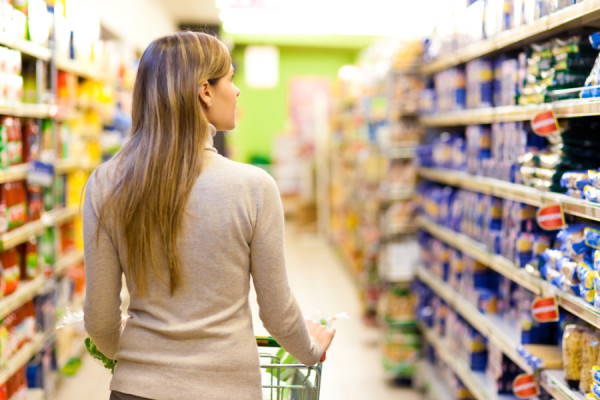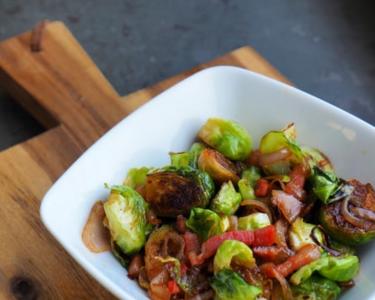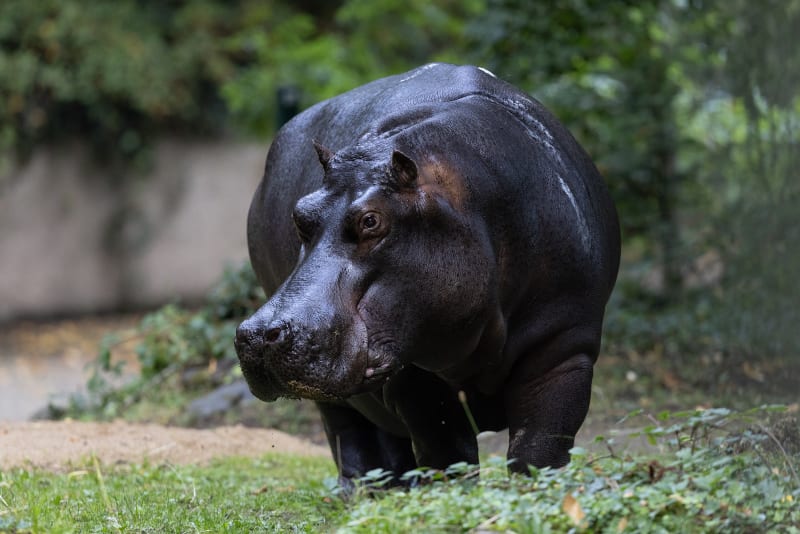Have you ever heard of the Dirty Dozen and the Clean Fifteen?
These two lists classify the fruits and vegetables that contain the most and the least pesticide residues, even after you carefully wash and peel them.
A new report published this week by the Environmental Working Group, based on tests done by the US Department of Agriculture, has updated the lists and unfortunately, some of our favourite fruits and vegetables turn out to be potentially harmful.
The USDA tests found a total of 230 different pesticides and pesticide breakdown products on the thousands of produce samples analysed.
While vegetables and fruits are essential components of a healthy diet, research suggests that pesticides in produce may pose significant health risks, such as infertility, obesity and even cancer.
So, check the lists before you go shopping: for the Clean Fifteen, you can buy the non-organic choice without being at risk, while food from the Dirty Dozen should be bought organic as much as possible to limit your exposure to pesticides.
The Dirty Dozen for 2018 (in descending order)
- Strawberries
- Spinach
- Nectarines
- Apples
- Grapes
- Peaches
- Cherries
- Pears
- Tomatoes
- Celery
- Potatoes
- Red and yellow peppers
Some key findings highlight the fact that more than 98% of samples of strawberries, spinach, peaches, nectarines, cherries and apples tested positive for residue of at least one pesticide, while a single sample of strawberries showed 20 different pesticides. Spinach samples had, on average, 1.8 times as much pesticide residue by weight than any other crop.
The Clean Fifteen for 2018
- Avocados
- Sweet corn
- Pineapples
- Cabbages
- Onions
- Frozen peas
- Papayas
- Asparagus
- Mangoes
- Aubergines
- Honeydews
- Kiwis
- Cantaloupes
- Cauliflower
- Broccoli






